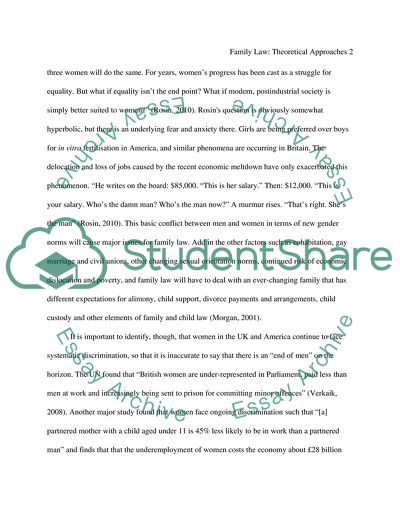Cite this document
(Relationship Between Law and Families Essay Example | Topics and Well Written Essays - 2000 words, n.d.)
Relationship Between Law and Families Essay Example | Topics and Well Written Essays - 2000 words. Retrieved from https://studentshare.org/law/1575440-what-if-anything-can-the-study-of-family-law-gain-from-an-understanding-of-theoretical-approaches-towards-the-relationship-between-law-and-families
Relationship Between Law and Families Essay Example | Topics and Well Written Essays - 2000 words. Retrieved from https://studentshare.org/law/1575440-what-if-anything-can-the-study-of-family-law-gain-from-an-understanding-of-theoretical-approaches-towards-the-relationship-between-law-and-families
(Relationship Between Law and Families Essay Example | Topics and Well Written Essays - 2000 Words)
Relationship Between Law and Families Essay Example | Topics and Well Written Essays - 2000 Words. https://studentshare.org/law/1575440-what-if-anything-can-the-study-of-family-law-gain-from-an-understanding-of-theoretical-approaches-towards-the-relationship-between-law-and-families.
Relationship Between Law and Families Essay Example | Topics and Well Written Essays - 2000 Words. https://studentshare.org/law/1575440-what-if-anything-can-the-study-of-family-law-gain-from-an-understanding-of-theoretical-approaches-towards-the-relationship-between-law-and-families.
“Relationship Between Law and Families Essay Example | Topics and Well Written Essays - 2000 Words”. https://studentshare.org/law/1575440-what-if-anything-can-the-study-of-family-law-gain-from-an-understanding-of-theoretical-approaches-towards-the-relationship-between-law-and-families.


